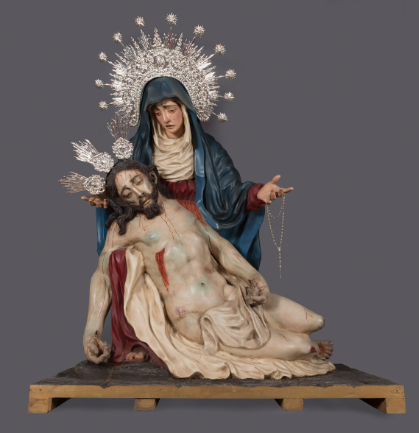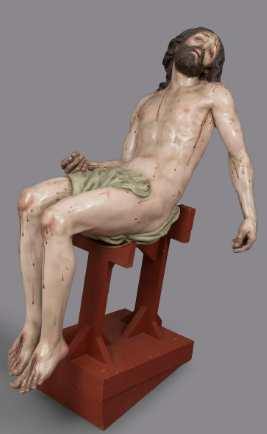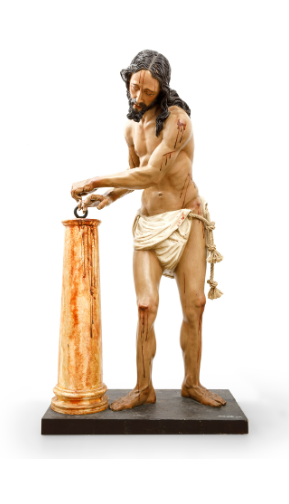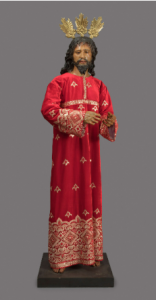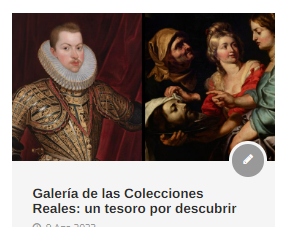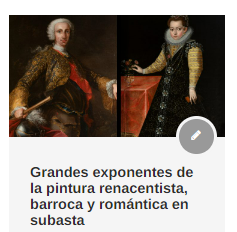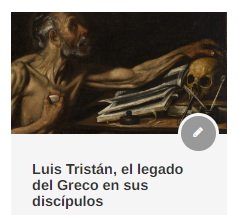Religious art: the divine and the human
Setdart will auction more than five hundred pieces from an exclusive collection of religious art. A lifetime dedicated to devotional collecting.
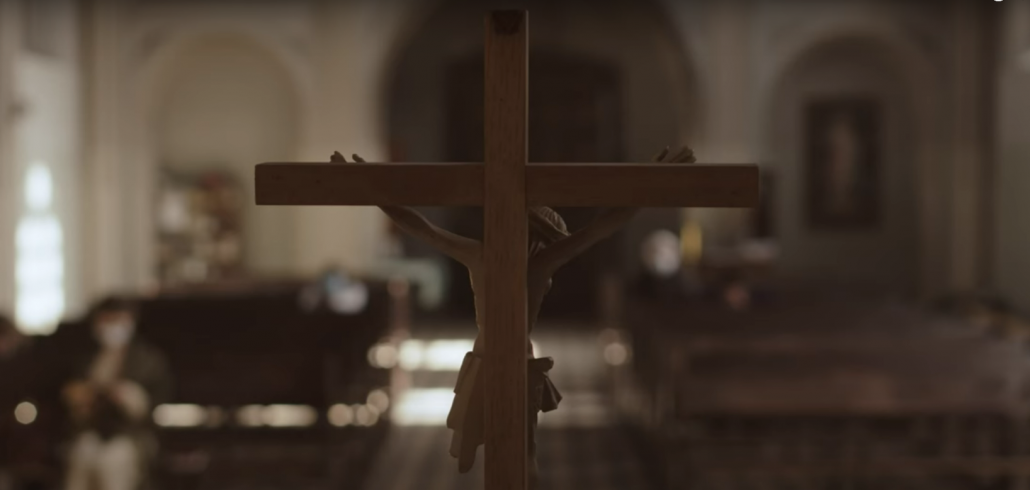
Could Luther even imagine what his ninety-five theses would unleash at the door of All Saints’ Church in Wittenberg? Centuries later, the imagery is still present in the streets, with contemporary artists who continue the path of those who, years ago, gave passion to wood.
The Church, together with the Crown, has been one of the main buyers of works of art throughout history, only displaced by the bourgeoisie, whose power has been increasing exponentially since the 17th century. Although, especially since the 19th century, the production of sacred works has declined, there are still outstanding artists producing pieces of exceptional quality and that have nothing to envy to those of previous workshops of great renown.
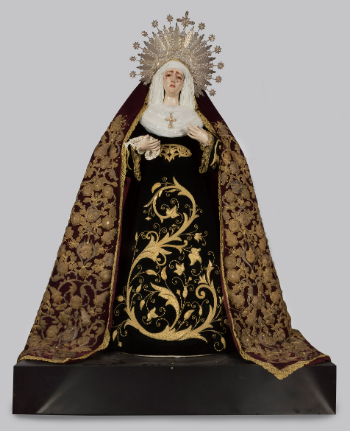
It is not at all common for a collection of this type to be released on the market, allowing you to enjoy a journey through the history of sacred art. The lot 35268623, a Virgen de las Angustias, a carving from Granada from the late seventeenth century, which we can inscribe in the stylistic circle of the Mora workshop, stands out. It is a magnificent example of the synthesis between wood and textile, so typical of this type of vestment, as the velvet cape with gold and silver thread embroidery dates from the 18th century.
Moving on to the 20th century, we come across one of the names of the auction in lot 35248518, Castillo Lastrucci, well known in Seville for his prolific role in Holy Week, with works in brotherhoods such as El Dulce Nombre and La Hiniesta.
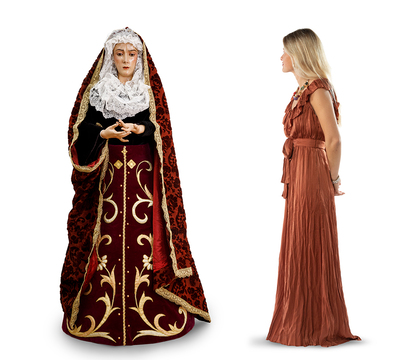
Finally, and already in the XXI century, Manuel Martín Nieto picks up the baton, with up to four pieces, although the lot 35268619 stands out, a Pietà where we can see materialized the words of Andrés Luque Teruel about the sculptor: “he is one of the most responsible for the intense naturalistic outbreak that characterizes the evolution and the brilliant transformation of the Andalusian neo-baroque sculpture in the first two decades of the XXI century”.
